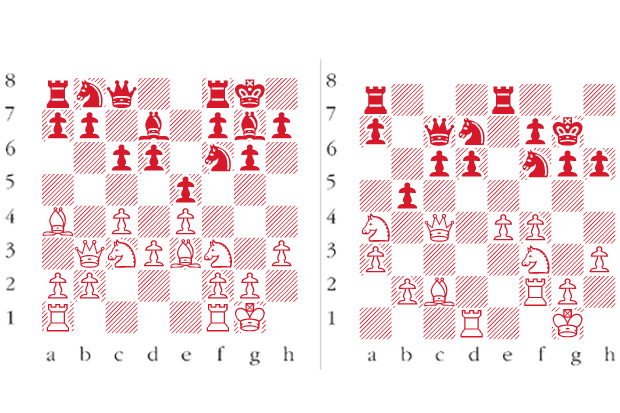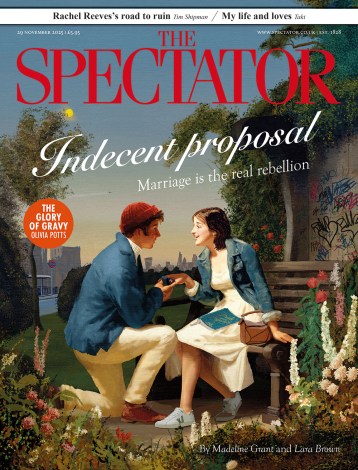Andrew Paulson, an American who lives in London, has been responsible for a remarkable chess revolution over the past year. He commissioned a YouGov study which showed that more than 600 million people worldwide regularly play chess. Paulson proceeded to raise sponsorship funds to stage two of the best chess tournaments ever held in London — and all within a matter of months. These were the London Grand Prix and the Candidates qualifier, to determine the challenger for the world title match which starts in a few weeks. Almost every grandmaster from the current elite — Carlsen, Kramnik, Svidler, Ivanchuk, Gelfand — was present in one or both of these two extraordinary competitions. Only Anand was absent, but that was unsurprising, since they were designed to identify his challenger.
Paulson’s next exploit was to decide at the last minute to stand as the new president of the English Chess Federation. His victory last Saturday was a landslide against the incumbent president, Roger Edwards, of 169 votes to 106. It is my belief that the Federation has acted boldly, but in the very best interests of chess. Paulson’s energy is undoubted, his contacts impressive, and his desire to unite all strands of English chess imperative.
Meanwhile, Russian grandmasters have been engaged in a particularly strenuous battle for their annual championship. This week, a game and a puzzle from that event.
Svidler-Andreikin: Russian Championship, Novgorod 2013; Ruy Lopez
1 e4 e5 2 Nf3 Nc6 3 Bb5 Nf6 4 d3 d6 5 0-0 Bd7 6 c4 g6 7 Nc3 Bg7 8 Be3 0-0 9 h3 Nb8 Young players are invariably advised to avoid such time wasting. If he wants to regroup then 9 … Ne8 looks superior, freeing his f-pawn for counter-attacking purposes. 10 Qb3 c6 11 Ba4 Qc8 (see diagram 1) 12 Qd1 Also a curiously retrograde decision, but he has to make an escape route for his light squared bishop which was in some danger of being snared by a possible future advance of Black’s queenside pawns. 12 … Na6 13 d4 exd4 14 Bxd4 Be6 15 Qe2 Re8 16 Rad1 Nc5 17 Bc2 Ncd7 18 Ng5 Qc7 19 f4 Qa5 20 a3 h6 21 Nf3 Willing to wound but yet afraid to strike. Here 21 Nxe6 Rxe6 22 Qf2 gains the advantage of the Bishop pair and introduces threats such as f5 and c5. 21 … Nh5 22 Bxg7 Kxg7 23 Qd2 Qb6+ 24 Rf2 Bxc4 Black had the choice of accepting a gambit pawn on either b2 or c4. If 24 … Qxb2 then 25 f5 is dangerous, hence Black takes the other pawn, thinking he can surmount the complications. 25 Na4 Qc7 26 Qc3+ Nhf6 27 Qxc4 b5 (see diagram 2) Andreikin has regained his piece, but in the meantime Svidler has regrouped his forces to launch an annihilating attack against the black king. 28 Qb4 bxa4 29 Rxd6 Rab8 30 Qd2 Red8 31 e5 Ne8 32 Qc3 Nb6 33 Rxc6 Qb7 34 f5 Nd5 35 Qc5 Qxb2 36 fxg6 f6 37 Nd4 Black resigns
Raymond Keene
Maecenas

issue 19 October 2013




Comments